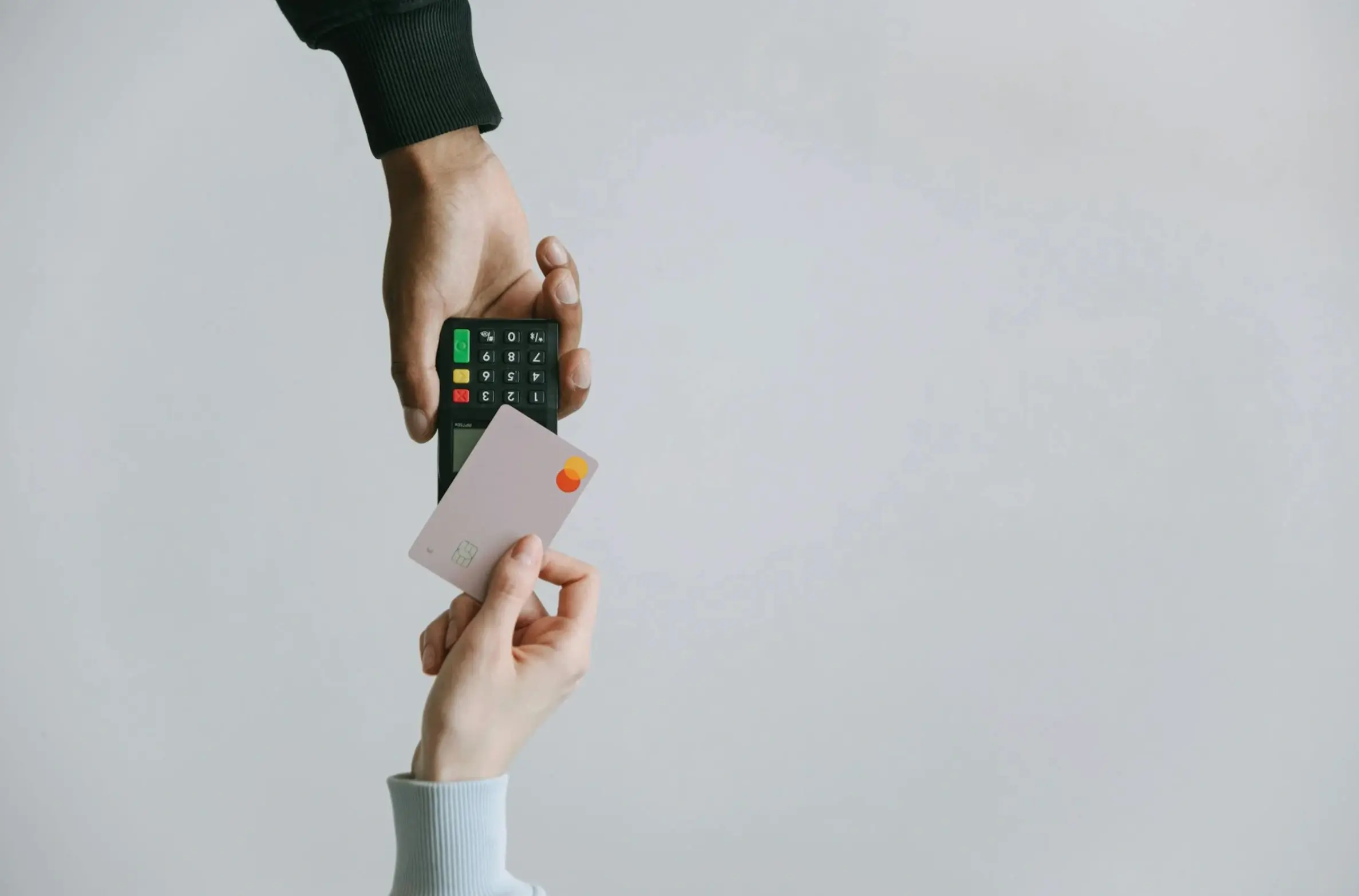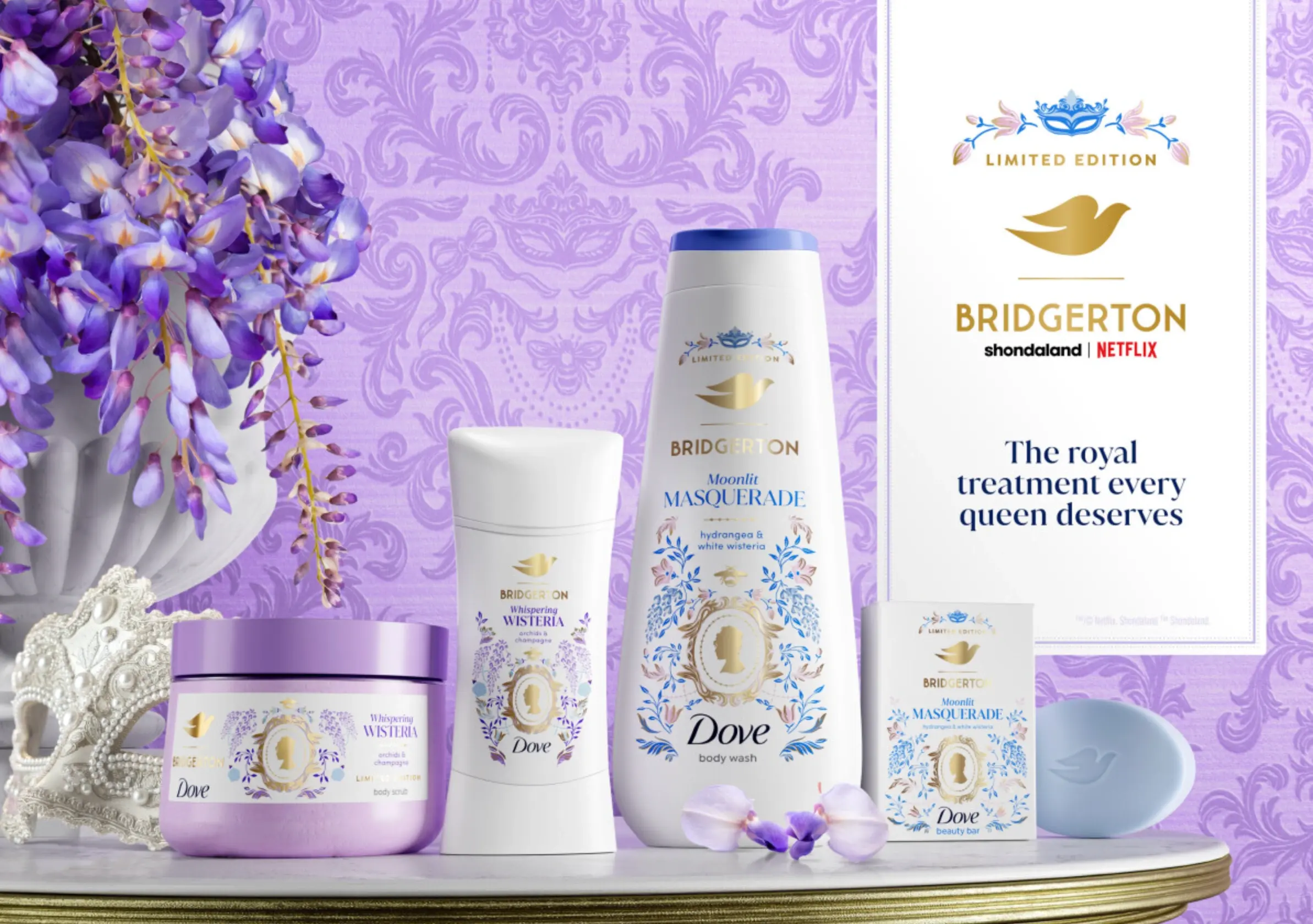Design Tools Are Powering the Next Generation of Custom Product Websites
Updated on
Published on

Online design services are transforming how businesses and individuals customize products on websites. They have become a core part of many websites' consumer experiences, from clothing to merchandise.
Customization has advanced from uploading a logo. Today's greatest websites facilitate real-time design interaction, so customers can design their wares with professional precision without becoming design professionals themselves.

Increasing Demand for Web-Based Product Design
Consumer demand for customized products has grown exponentially over the last ten years. This has driven online stores' websites to provide sophisticated yet easy-to-use design functionality within their websites. These online modules enable customers to select shapes, colors, sizes and text components with drag-and-drop functionality.
Far from a sales feature, these design modules are virtual workshops. Small shop owners employ them to design products without resorting to outside design assistance. Enthusiasts use them to personalize clothing or jewelry. The trend is part of a larger movement toward producing products with the direct involvement of the end user.
From tote bags and mugs to t-shirts and stickers, customization has become a factor in why visitors stop by and return to a given website. Sites that combine design functionality into their user experience cut through a busy online marketplace.
Custom Label and Patch Design Leader
One of the leaders of this trend is Dutch Label Shop, a well-respected manufacturer of custom clothing labels and patches. Its fame is based not just on high-quality manufacturing but also on its strength in designing software online. Its software lets customers design high-quality, professional-looking labels from the start—no graphic design knowledge is required.
The design procedure at the Dutch Label Shop is relatively user-friendly. Customers can choose straight cut, end fold, center fold and even non-standard shapes. The material choices feature damask, satin and Tyvek so that manufacturers can pair the label texture with the type of clothing. Customers can match their labels with their brand image or personal style with various colors and fonts that can be chosen.
Beyond clothing labels, Dutch Label Shop also excels in custom patches. Whether for uniforms, jackets or accessories, the design tool accommodates intricate customization, letting users see how different thread colors and border types affect the final look. The preview feature is handy for fine-tuning every element before placing an order.
This robust yet approachable platform sets Dutch Label Shop apart in a market where design applications often have too many or too few features.
Why People Enjoy Sites with State-of-the-Art Design Capabilities
Design tools do more than make a site appear innovative—they directly influence end-user interaction and satisfaction. By allowing users to see and tinker with their creations without delay, their relationship with the product intensifies. That increased investment has a corollary of increased purchase confidence and reduced cart abandonment.
Sites that offer step-by-step interfaces and real-time previews help customers visualize their end product more clearly. This is especially important in categories like custom clothing labels, where size, spacing and texture play significant roles in the final appearance. Misjudging one of these factors without a preview tool could lead to costly mistakes, both for the customer and the business.
In the case of Dutch Label Shop, the platform’s balance between ease of use and design flexibility serves a broad customer base, from Etsy sellers to independent fashion designers and corporate clients. This versatility and premium product quality have earned it strong word-of-mouth and repeat business.

Technical Advantages of Web-Based Product Design Modules
One of these tools' most significant technical advantages is its ability to streamline the production pipeline. When a customer finalizes a design within a platform, the production-ready specifications are automatically recorded and transmitted to manufacturing. This reduces back-and-forth communication and eliminates the risk of misinterpretation.
This automation means faster turnaround times and fewer surprises upon delivery for users. For businesses, it means reduced errors and improved workflow efficiency. High-functioning design modules also act as scalable tools, allowing companies to handle more custom orders without expanding customer service operations.
For example, Dutch Label Shop’s design program lets customers see their label before they buy and ensures uploaded logos, select fonts and dimension data are production-ready. Those fine points reduce delays and achieve high satisfaction with various order quantities.
More Innovative and More Personalized Tools
As technology advances, online design programs will become wittier. Machine learning may offer suggestions of ideal shapes, materials or designs, depending on how users act or what is fashionable. In the long run, augmented reality allows customers to view their patches or labels on an article of clothing via their phone camera, another degree of visualization.
Even now, integrating design tools into online shops signals a movement toward a culture of co-creation. Customers are no longer just consumers; they become coproducers. If these websites embrace this shift, they will acquire long-term loyalty.
Online design software has transformed how customers engage with customizable product websites. While customers increasingly require greater autonomy over what they purchase and how it appears, a platform’s success may rest on how flexible and transparent its design system is. Dutch Label Shop sets a high benchmark of what can occur when sophisticated customization tools accompany high-quality product execution.







